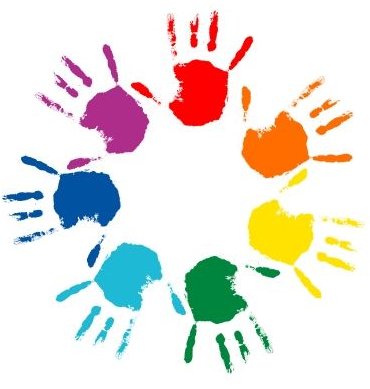Understanding the Different Types of Collaboration Roles
What Is Collaboration?
Collaboration is essentially the process of two or more people working together on a common goal. This can include everything from working on a school project between students to a football team working toward a state championship. In the business world, this concept of working together holds very true, especially when employees are sometimes tasked with a number of different projects in which they are working on.
Within the term of collaboration is that of the collaboration roles; that is, the roles that people take in order to effectively present ideas, discuss them with the other members of the group, and have them either approved or denied. Here, we’ll look at the different collaboration roles group members may take.
Different Collaboration Roles
There can be many different collaboration roles for group members to partake in, though there are some standard roles that each group member may gravitate toward, including:
- Facilitator/Leader: This is the person who makes sure that the meetings are set to a specific schedule, such as which days to meet and at which time. They usually start the meeting and bring up points from a last meeting. They also control the length of the meeting and set the agenda.
- Note-taker/Listener: This is the person that keeps track of what happened during the meeting in relation to the project being discussed. They will usually be called upon to recount what decisions or questions were made or asked from the last time the group met.
- Questioner/Devil’s Advocate: This person is tasked to ask questions that other group members may have or might be thinking about, but are afraid to bring up. This person also tries to see the disadvantages to a decision, if just to bring into question any types of risks that could be involved with the idea.
- Harmonizer: This person calms everyone down in the case that the meeting begins to come to a heated discussion. This person tries to create a harmonious atmosphere and conveys that each attendee may have a certain point they need or want to address.
While these are the usual roles that group members may take, it is also important that these roles be switched around during meetings, especially if involved in a lengthy project that may take weeks or months to complete. By switching roles every few meetings, each group member is able to fulfill a different role, thus bringing about a different prospective. For instance, if someone is used to being the leader, have them take on one of the other roles for a meeting or two, like the Devil’s Advocate or the Harmonizer.
Switching these roles of collaboration around may prove to be difficult, as group members will most likely turn toward a role that is suited to their personality. Someone who generally does not like conflict of any kind will thrive as a Harmonizer, but may be uncomfortable in the role of the Devil’s Advocate. It’s important that when switching collaboration roles that everyone in the group is allowed to be comfortable in their new position and that the group should be supportive if they are in a role that doesn’t suit them, or one they would normally not choose. The change is to make sure that everyone has a voice in the meetings and that group-think is avoided.
Image Credit (Freedigitalphotos)
